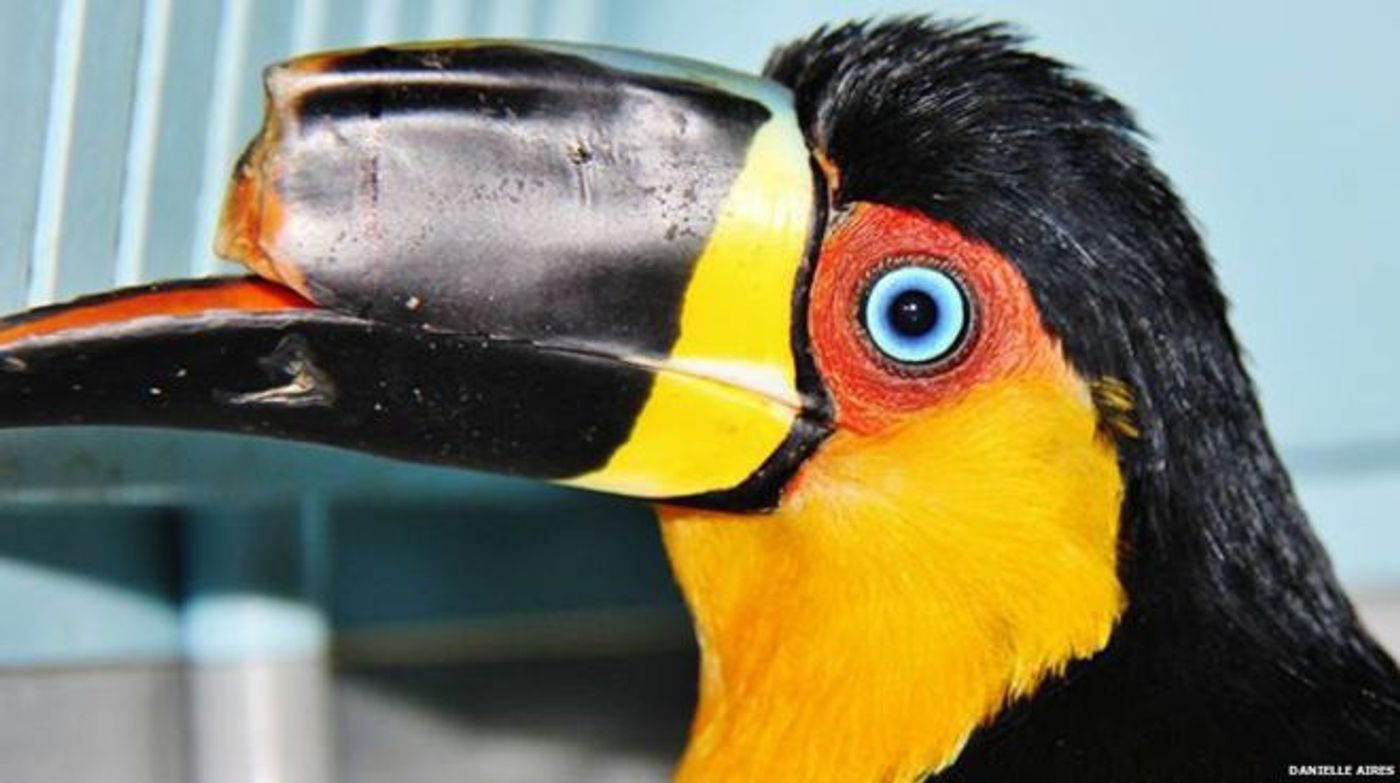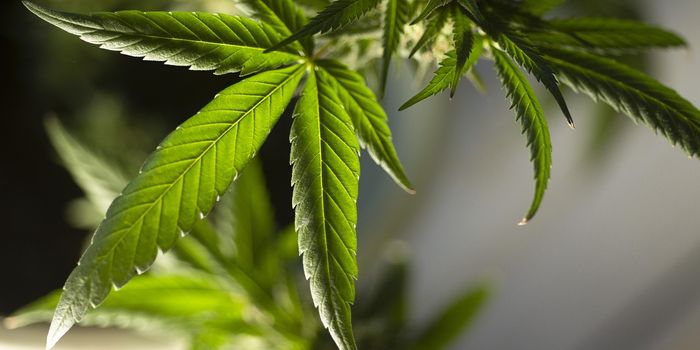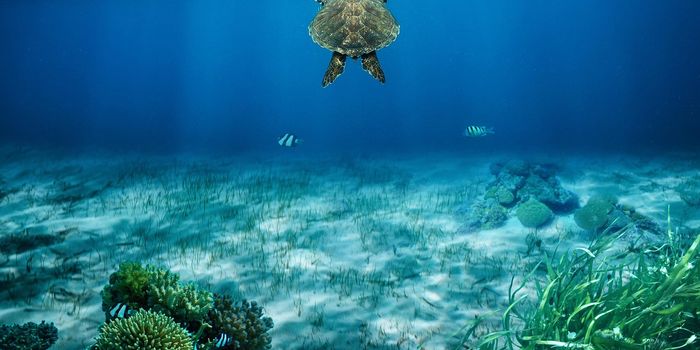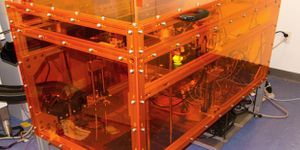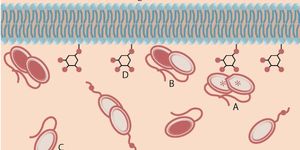This Toucan Received a 3D-Printed Beak
One lucky toucan going by the name of Tieta in Brazil has received a 3D-printed beak after an unknown accident occurred in the wild, breaking off half of the top portion of its beak. It’s believed to be the accident of mishandling of the bird, but there is just no way to prove what actually happened.
Tieta was unable to eat properly, or even clean itself as birds often do, so she was rescued and a 3D-printed beak took a while to design and create (about three months), but soon it paid off; the heavy-duty plastic beak end took just three days for Tieta to become used to and now she is using the beak for eating and anything else a toucan needs a beak for.
The surgical process took all of 40 minutes and was well worth it. It’s reported that Tieta couldn’t even defend herself from predators or catch food in her mouth prior to the surgery, but now after the surgery, she’s behaving a lot like a regular toucan again.
Being 3D-printed from heavy-duty plastic and sealed with a castor oil, the new beak should not only last a long time, but it’s lightweight. At just 4 grams, the toucan doesn’t seem to mind it.
Tieta was fed various living bugs, like cockroaches and maggots, after ignoring bits of fruit given to her by the scientists caring for her.
"It took her three days to realise she had it again," says Instituto Vida Livre Director Roched Seba. "We were feeding her fruit and she was ignoring the new beak. But when we gave her live animals, like maggots and cockroaches, she ate normally immediately.”
"I believe she had that kind of food when she was free, before losing the beak. So it activated a core memory," he added.
This is certainly not the first time that the 3D printing industry has aided wildlife. It wasn’t long ago that a 3D printed beak was created out of titanium for a sea turtle. Although it’s not as great has having an all-natural body part, these prosthetics do serve their purpose well enough that the animals can survive in the wild.
One sad note is that Tieta probably won’t be able to be released to the wild, as the beak isn’t natural and scientists are worried that it won’t last in a confrontation with a larger animal or that other failures could put the toucan’s life in jeopardy.
"She wouldn't be able to live an independent life, even in captivity,” Taciana Sherlock from the Brazilian wildlife control agency said in a statement.
As a result, Tieta will be living the rest of her life in captivity, such as a Zoo, where she can be cared for when she needs it, and also offer an educational experience.
The plan for Tieta is to try and have her mate with another toucan that had a beak problem, and then the offspring of the two toucans would be released into the wild when the time was right.
Tieta is expected to live a good life under the care of professionals and enjoy every moment of her second chance at life.
Source: BBC
